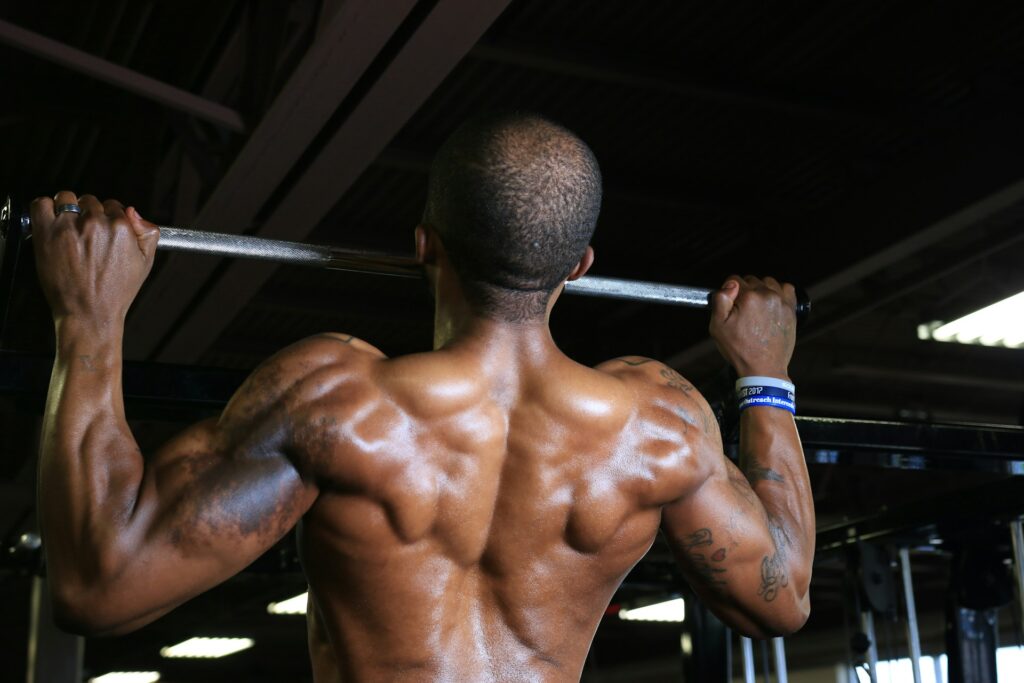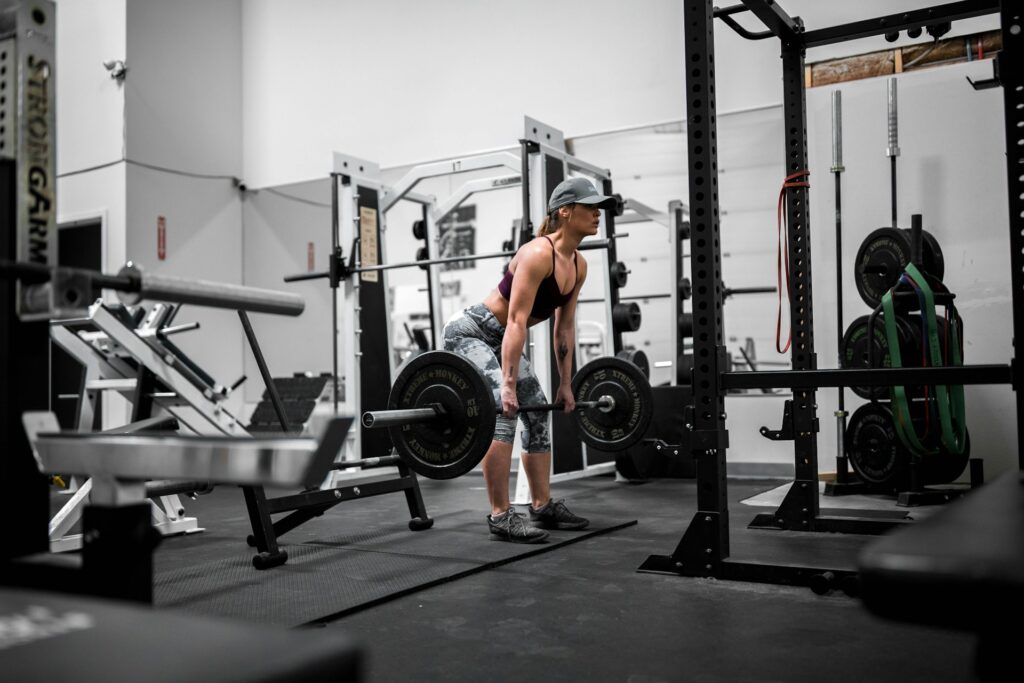
Body + Mind is reader-supported. We may earn an affiliate commission when you buy through some of the links on our site.
The pull-up is one of the most powerful exercises you can do with your body weight. It’s a true test of upper-body strength and core stability — and getting your first unsupported pull-up is a serious achievement.
If you’ve been trying and failing, you’re not alone. Pull-ups are hard, even for seasoned lifters. But with the right strategy and consistent effort, you can get there.
Before you even attempt a full pull-up, you need to know what good form looks like:
Visualize it. Practice hanging from the bar with proper posture. Your shoulders should be active, not shrugged. This is called a dead hang with scapular engagement — and it’s the best starting point.
You won’t get your first pull-up by just trying to do pull-ups every day. Instead, you need to build the muscles that support the movement. Focus on:
Strength takes time, so be patient. Your goal shouldn’t be to rush the process without building control and power.

Assistance bridges the gap between not quite there and doing it on your own.
Keep lowering the assistance as you get stronger. Don’t become dependent — use it as a stepping stone.
Pull-ups require practice, but your body also needs rest. Try this:
Recovery is where the real magic happens. Don’t skip it.
After a few weeks — or even months — it’s time to put your hard work to the test. Warm up, grip the bar, breathe in, engage your lats and core, and pull. Even if you don’t make it all the way up yet — notice how far you’ve come. Keep trying and refining your form.
For many, pull-ups are a sign of real functional strength, and not just another fitness milestone to conquer. Mastering one comes with physical and mental benefits that go well beyond the gym.
A pull-up targets multiple muscle groups at once — your lats, biceps, shoulders, traps and core. It’s one of the most efficient ways to build real, functional upper-body strength. When you can do a pull-up, you’re not just strong in isolation — you’ve trained your body to work as one powerful unit.
Gripping the bar and holding your body weight activates the muscles in your hands, wrists and forearms. Over time, this leads to significant improvements in grip strength. That might seem like a small detail, but grip strength is closely tied to overall strength, longevity and even injury prevention.

Strengthening your back through pull-ups helps pull your shoulders down and back — counteracting the rounded posture so many of us develop from sitting at desks looking at screens all day. Good posture doesn’t just look better. It can drastically improve breathing, reduce pain and make you feel more confident.
Pull-ups recruit large muscle groups, which means they burn serious energy. Over time, as you build muscle and your metabolism increases, you’ll naturally burn more fat — even at rest. Plus, the muscle definition you’ll start to see in your arms, shoulders and back is a bonus that’s hard to ignore.
The first time you get your chin over the bar without help, something shifts. It’s a mental win, too. Pull-ups challenge you to push past limits and stay consistent, and that effort pays off in a massive confidence boost. You’ll start to see yourself as strong, capable and resilient — and that can ripple into every other area of your life.
One of the best things about pull-ups is that you don’t need a gym full of machines. Once you’ve built the strength, all you need is a sturdy bar. Whether it’s at the park, in your home gym or on a doorway pull-up bar, the pull-up is a minimalist movement with maximum return.
Still feel like that first pull-up is miles away? That’s normal. Pull-ups are demanding, and most people underestimate just how much strength and control they require.
One common issue is relying too much on your arms. If you don’t engage your back and core, you’ll feel stuck before you even move an inch. Focus on building a strong mind-muscle connection with your lats. Think about driving your elbows down and back rather than yanking yourself up.
Another issue may be inconsistency. Pull-ups require repetition and progression. If you only work on them once a week, it’s going to take much longer. Aim to include some form of pull-up progression a few times per week.

Don’t overlook mobility. Tight shoulders or limited thoracic spine mobility can limit your range of motion or make it uncomfortable to hang. Adding shoulder openers, banded stretches and mobility drills into your warm-up can make a big difference.
Be patient with your progress. Strength doesn’t happen overnight, but it does happen. Track your reps, celebrate small wins and keep showing up. That first pull-up is a matter of when, not if — as long as you keep putting in the work.
There’s no shortcut to your first pull-up — and that’s exactly what makes it worth chasing. Getting your first unsupported pull-up proves that with the right plan and consistent effort, you can master what you once thought was impossible.
Your email address will only be used to send you our newsletter, and at any time you may unsubscribe. For more information, see our Privacy Policy.